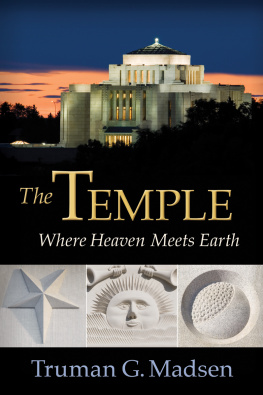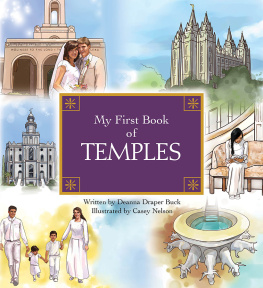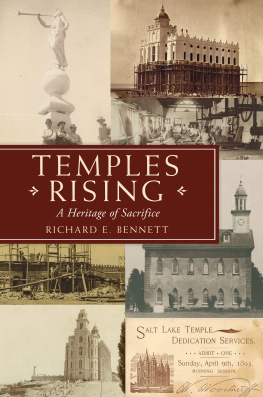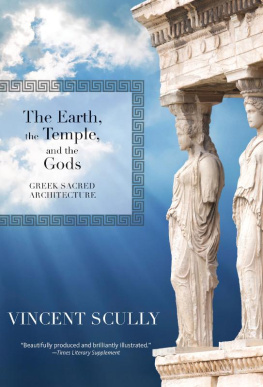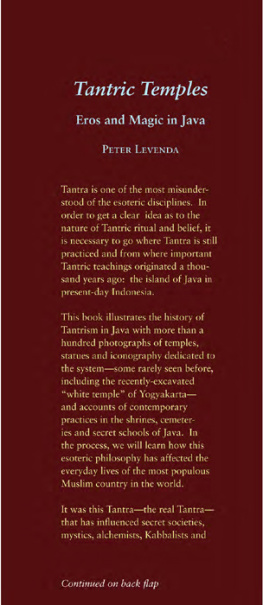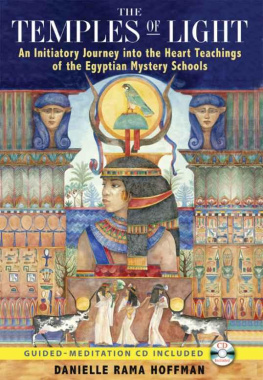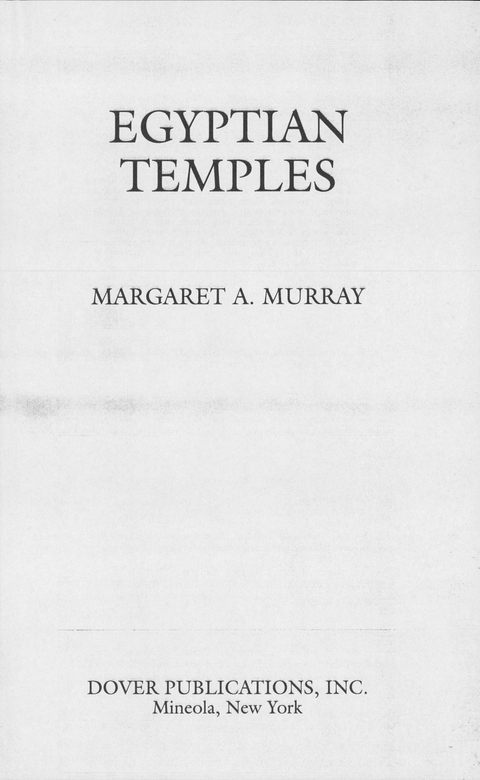DOVER BOOKS ON EGYPT
AMULETS AND SUPERSTITIONS, E. A. Wallis Budge. (23573-4)
DWELLERS ON THE NILE, E. A. Wallis Budge. (23501-7)
THE EGYPTIAN BOOK OF THE DEAD, E. A. Wallis Budge. (21866-X)
THE EGYPTIAN HEAVEN AND HELL, E. A. Wallis Budge. (29368-8)
EGYPTIAN HIEROGLYPHIC DICTIONARY, E. A. Wallis Budge. (23615-3, 23616-1) Two-volume set
AN EGYPTIAN HIEROGLYPHIC READING BOOK FOR BEGINNERS, E. A. Wallis Budge. (27486-1)
EGYPTIAN IDEAS OF THE AFTERLIFE, E. A. Wallis Budge. (28464-6)
EGYPTIAN LANGUAGE: EASY LESSONS IN EGYPTIAN HIEROGLYPHS, E. A. Wallis Budge. (Not available in United Kingdom) (21394-3)
EGYPTIAN MAGIC, E. A. Wallis Budge. (22681-6)
FROM FETISH TO GOD IN ANCIENT EGYPT, E. A. Wallis Budge. (25803-3)
THE GODS OF THE EGYPTIANS, E. A. Wallis Budge. (22055-9, 22056-7) Two-volume set
A HIEROGLYPHIC VOCABULARY TO THE BOOK OF THE DEAD, E. A. Wallis Budge. (26724-5)
AN INTRODUCTION TO ANCIENT EGYPTIAN LITERATURE, E. A. Wallis Budge. (29502-8)
LEGENDS OF THE EGYPTIAN GODS, E. A. Wallis Budge. (28022-5)
THE LITURGY OF FUNERARY OFFERINGS, E. A. Wallis Budge. (28335-6)
THE MUMMY, E. A. Wallis Budge. (25928-5)
OSIRIS AND THE EGYPTIAN RESURRECTION, E. A. Wallis Budge. (22780-4, 22781-2) Two-volume set
THE ROSETTA STONE, E. A. Wallis Budge. (26163-8)
TUTANKHAMEN: AMENISM, ATENISM AND EGYPTIAN MONOTHEISM/WITH HIEROGLYPHIC TEXTS OF HYMMS TO AMEN AND ATEN, E. A. Wallis Budge. (26950-7)
THE DISCOVERY OF THE TOMB OF TUTANKHAMEN, Howard Carter and A. C. Mace. (23500-9)
ANCIENT EGYPTIAN CONSTRUCTION AND ARCHITECTURE, Somers Clarke and R. Engelbach. (26485-8)
ANCIENT EGYPTIAN POETRY AND PROSE, Adolf Erman. (28767-X)
LIFE IN ANCIENT EGYPT, Adolf Erman. (22632-8)
ANCIENT EGYPTIAN RELIGION: AN INTERPRETATION, Henri Frankfort. (41138-9)
THE LEYDEN PAPYRUS: AN EGYPTIAN MAGICAL BOOK, F. Griffith and Herbert Thompson (eds.). (22994-7)
ANCIENT EGYPTIAN DANCES, Irena Lexov. (40906-6)
ANCIENT EGYPTIAN MATERIALS AND INDUSTRIES, A. Lucas and J. Harris. (Available in U.S. only) (40446-3)
LEGENDS OF ANCIENT EGYPT, M. A. Murray. (41137-0)
EGYPTIAN DECORATIVE ART, W. M. Flinders Petrie (ed.). (40907-4)
When a man of sense beholds these ruins he finds himself able to excuse in the vulgar their belief with regard to the ancients that their lives were longer than ours and their bodies stronger, or that they possessed a magic rod with which when they struck the stones they leapt towards them. For the modern mind feels itself unable to estimate how much was required in these works of knowledge of geometry, and concentration of thought, and ardour of study, and patience in labour, and power over tools, and application to work. Abd el Latif.
Published in the United Kingdom by David & Charles, Brunel House, Forde Close, Newton Abbot, Devon TQ12 4PU.
Bibliograpbical Note
This Dover edition, first published in 2002, is an unabridged republication of the work originally published by Sampson Low, Marston & Co., Ltd., London, in 1931.
Library of Congress Cataloging-in-Publication Data
Murray, Margaret Alice.
Egyptian temples / Margaret A. Murray.
p. cm.
Originally published: London: Sampson Low, Marston. 1931.
Includes bibliographical references and index.
9780486148823
1. Temples Egypt. 2. Egypt Antiquities. I, Title.
NA215 .M8 2002
726.1931 dc21
2002023747
Manufactured in the United States of America
Dover Publications, Inc., 31 East 2nd Street, Mineola, N.Y. 11501
PREFACE
THERE is no book which gives a short rsum of the temples of Egypt, for there is nothing between a guide book and the enormous volumes of specialists. I have, therefore, tried in this small book to collect together the chief points of interest of many of the temples now remaining. This does not pretend to be an exhaustive account of any one temple, or even to give a complete list of all the temples; it merely gives a rapid survey of the architecture, some of the history, and a few details not usually found in books such as those I have mentioned above.
The study of Egyptian architecture is at present in its infancy. The broad distinctions between the capitals of Pharaonic and Ptolemaic types are well marked and can be distinguished at a glance, but the details of building of various periods, the forms of the pillars shafts as well as capitals the small differences which occur from period to period, are still awaiting investigation. A brick building can be dated to a dynasty, almost to a reign, as the sizes of the bricks are known for each period; but the stone temples require the same investigation and methodical classification as the buildings of medival Europe.
My thanks are due to Mr. Hector Corfiato, Reader in Architecture in the University of London, for much kind help and valuable suggestions; to Miss Eleanor Vaughan, Lecturer in Classics at University College, London, for her translations of the Greek and Latin inscriptions; to Mr. Percival Hart for many of the photographs; and, last but not least, to Dr. Edith Guest, Hon. Assistant in Egyptology at University College, London, for her continued and ungrudging help.
Table of Contents
EGYPTIAN TEMPLES
INTRODUCTION
ALL Egyptian temples are remarkable as being entirely rectangular, both in plan and elevation; at no period was a curved structure used. This is perhaps due to the fact that the landscape of Egypt is a landscape of lines, vertical, horizontal or diagonal; and, as the artist knew nothing else, his buildings conformed to their surroundings. This was the reason of the vertical columns, horizontal roofs and sloping pylons of Egyptian architecture. The round arch was known as a constructional feature from the IIIrd dynasty, but it was used only where it could not be seen, merely as an economical means of support. Occasionally, the false vault is found, as in the temple of Sethy at Abydos and the temple of Hatshepsut at Dr el Bahri, where it covers stairways or small rooms, but even in these cases it is inside the building and not visible from without. In every instance, whether of the true or false arch, it is always the round, not the pointed, arch.
The rainless skies and continuous sunshine of Egypt are points to be considered in the architecture. It is a country of violent contrasts; the flat plain and vertical cliffs, the fertile fields and the dreary waste of desert, the brilliant sunshine and the dark shadows, the river which harboured edible fish and murderous crocodile; all these naturally had their effect on the mind of the Egyptian architect and showed themselves in the architecture. As Petrie notes
The strongly marked horizontal and vertical lines of the scenery condition the style of the buildings which can be placed before such a background. The form of the temple repeats the form of the barren cliff before which it stands (pl. XXVII), but the interior decoration shows the wealth of detail and the vivid colouring of the fertile fields; brilliant sunshine poured into the open courts, and the dark sanctuaries were made darker by the contrast; the Giver of Life, who dwelt in the sanctuary, was propitiated by the death of human beings and animals.


